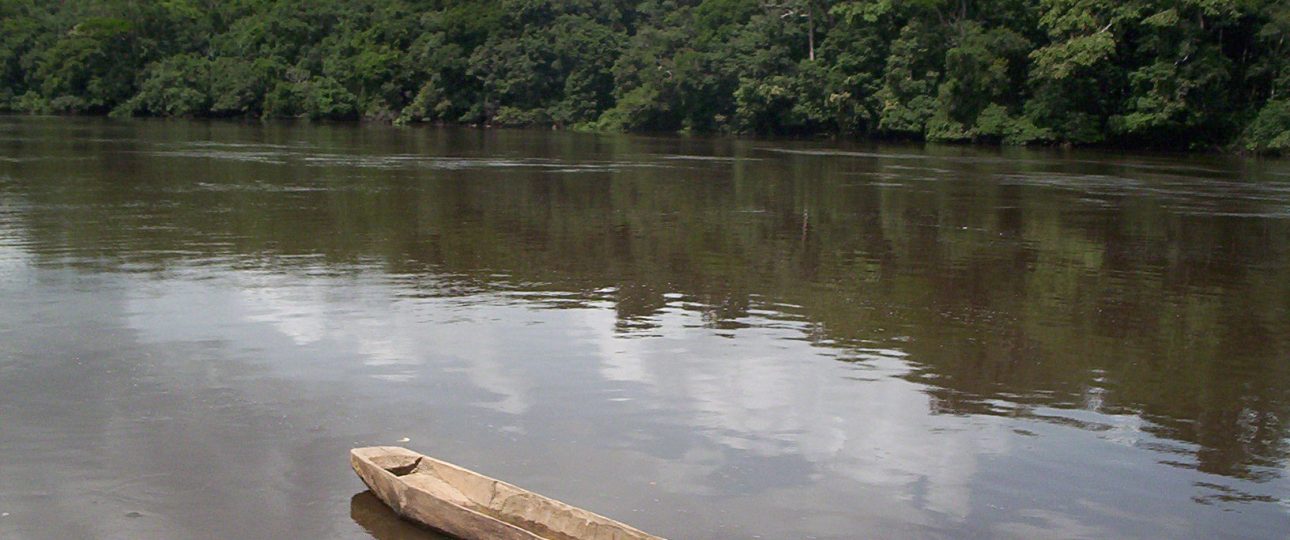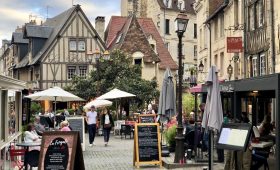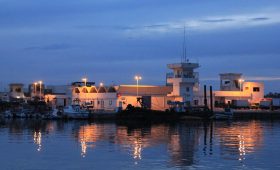Exploring Dja Faunal Reserve
If you’re looking for an adventure in one of Africa’s most pristine rainforests, the Dja Faunal Reserve in Cameroon is a destination worth considering. This reserve offers a rare opportunity to immerse yourself in a landscape teeming with biodiversity and cultural richness. Let’s delve into what makes Dja Faunal Reserve a unique place to visit.
What Makes Dja Faunal Reserve Special
The Dja Faunal Reserve is a significant conservation area, covering approximately 5,260 square kilometers. It is almost entirely encircled by the Dja River, creating a natural boundary that helps protect its diverse ecosystems. Established in 1950 and recognized as a UNESCO World Heritage Site in 1987, the reserve is part of the Congo Basin’s dense rainforests. It is one of the largest and best-preserved reserves in Africa, with about 90% of its area remaining undisturbed.
Wildlife Encounters
Dja Faunal Reserve is renowned for its rich biodiversity, particularly its primate species. Visitors can expect to see white-collared mangabeys, mandrills, drills, western lowland gorillas, and chimpanzees. The reserve is also home to over 107 mammal species, including forest elephants, African forest buffalo, and leopards. Birdwatchers will find more than 320 bird species to admire. Guided safaris are available, offering a chance to observe these animals in their natural habitat.
Cultural Experiences
The reserve is not just about wildlife; it also offers cultural insights. The Baka people, who live within the reserve, provide guided tours that reveal their traditional lifestyle. These tours offer a glimpse into their hunting techniques, use of medicinal plants, and rich folklore. This interaction adds a meaningful cultural dimension to your visit.
When to Visit
The ideal time to explore Dja Faunal Reserve is during the dry season, from November to February. During this period, the weather is more favorable, with less rainfall, making it easier to navigate the reserve. However, it’s wise to pack lightweight rain gear, as showers can occur unexpectedly. The wet season, from March to October, brings heavy rains and higher humidity, which can complicate travel plans.
How to Get There
To reach Dja Faunal Reserve, fly into Yaoundé-Nsimalen International Airport, located in Cameroon’s capital. From Yaoundé, you can drive or take a public bus to Lomié, the nearest town to the reserve. The journey by road takes about 8 hours. Alternatively, consider arranging a private transfer or joining a guided tour that includes transportation from Yaoundé to the reserve.
Getting Around the Reserve
Within the Dja Faunal Reserve, transportation is primarily on foot or by 4×4 vehicles, especially for safaris. The terrain is rugged, and the dense vegetation makes it challenging for standard vehicles. Booking a safari package that includes transportation and a knowledgeable guide is advisable to ensure a safe and informative experience.
Key Facts
- The Dja Faunal Reserve covers 5,260 square kilometers and is surrounded by the Dja River.
- It is home to endangered species like forest elephants, lowland gorillas, and chimpanzees.
- More than 1,500 plant species and over 320 bird species can be found here.
- The Baka people offer cultural tours, sharing their traditional way of life.
- The best time to visit is during the dry season, from November to February.
- Yaoundé-Nsimalen International Airport is the closest airport to the reserve.
- Lomié is the gateway town to the Dja Faunal Reserve.
- Local transportation within the reserve is mainly by foot or 4×4 vehicles.




